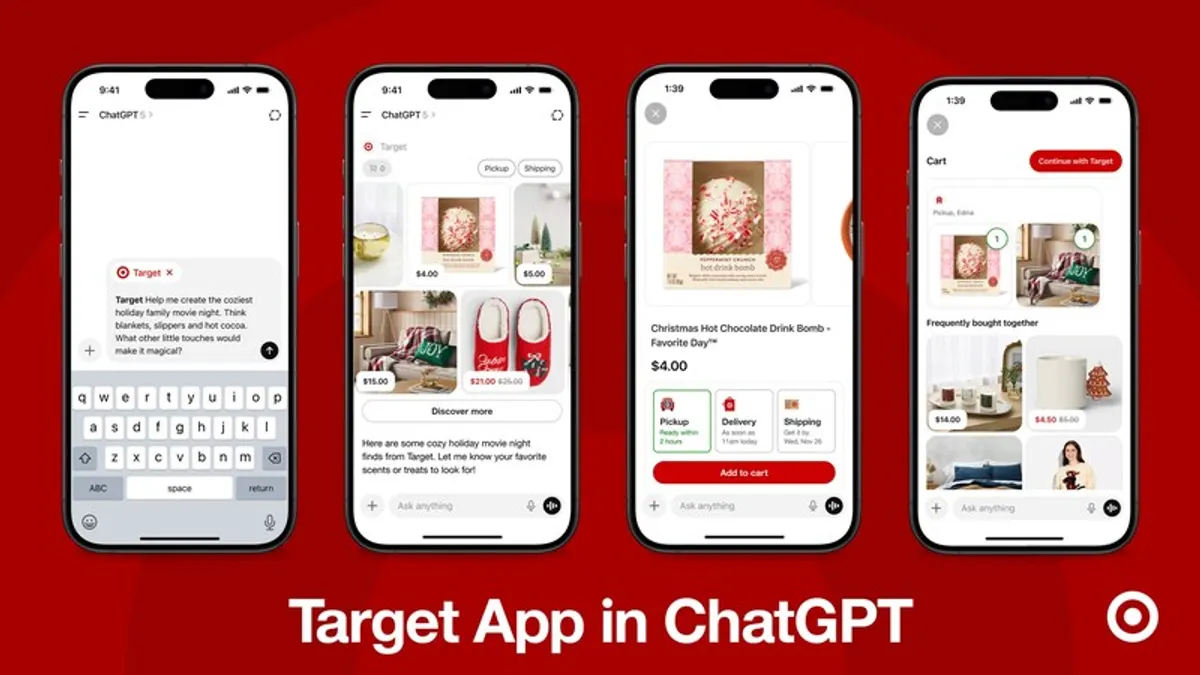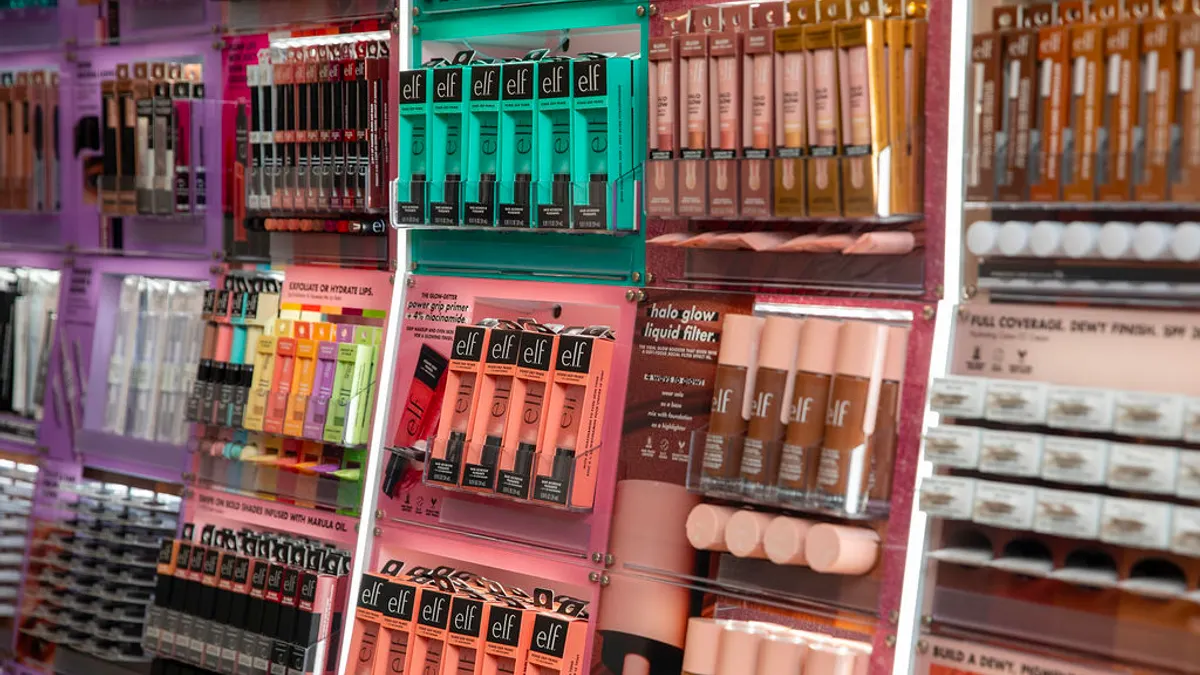Marketing oriented around a smartphone camera is an emerging space overflowing with both uncertainty and opportunity, as it offers a new way to engage with consumers and glean rich insights based on what people capture with their phones.
From visual search and image-recognition tools to branded lenses and filters — and the expected AR boost from Apple’s iPhone 8 set for release in September, of course — industry experts agree we’ve only reached the tip of the iceberg when it comes to the ways in which cameras can be tapped. The takeaway for marketers is that they would be remiss not to at least explore the potential that smartphone cameras hold in future brand strategy.
“What brands like Amazon are doing is starting to light little fires about how these technologies and cloud-based intelligence platforms are creating momentum to take out the friction in our everyday lives, and of course, add delight where they can,” David Hewitt, vice president of consumer experiences at Sapient Razorfish, told Mobile Marketer. “In doing that, I think we’ll see an adoption curve that starts to spike rapidly than just a constant slow growth after we see the convenience these types of things can offer.”
Positive self-image
A clear shift is underway in the use of smartphone cameras from a fun splash of entertainment to adding value to consumers’ lives and informing brands’ mobile marketing strategies. From the quick growth of image-sharing social platforms to last summer’s viral sensation, the AR-based Pokémon Go, increased numbers of users suggest a significant interest in engaging with the real world through a mobile device.
Social media giants Snapchat and Facebook are helping to aggressively drive growth of camera-based augmented reality (AR) features. Snapchat Lenses and Facebook Stories, which boast AR features that use a smart phone to overlay digital images and filters on photos, are just two popular tools that enlist cameras to enhance users’ mobile experiences.
"What brands like Amazon are doing is starting to light little fires about how these technologies and cloud-based intelligence platforms are creating momentum to take out the friction in our everyday lives, and of course, add delight where they can."

David Hewitt
VP of consumer experiences at Sapient Razorfish
AR — along with visual search and image-recognition software — has been around for years, but was generally used to provide entertainment with just a cursory relationship to brands’ broader marketing campaigns. Only recently have some brands begun to leverage the camera-based technology as part of their engagement and marketing strategies.
Last summer, Coca-Cola promoted its line of iced teas by targeting ads based on photos shared on social media using image-recognition technology, underscoring how digital images can offer a glimpse into consumers’ interests and desires. As AI technology is increasingly paired with digital imaging, this could open up new opportunities for user-generated content.
In May, Mars’ M&M’s brand became one of the first major brands to leverage AR as part of a national multichannel campaign to promote its new caramel chocolate candy. In early June, Jaguar Land Rover announced a banner ad feature set to roll out later in 2017 where users can feel as if they’re sitting inside the brand’s latest SUV via a 360-degree tour on their phone’s camera.
Mobile matters
According to Jeff Hasen, strategist at Possible Mobile, it all comes down to the smartphone. Since the iPhone began to popularize the use of smartphones just 10 years ago, these devices have dramatically changed how consumers live, work and play. Now, nearly 80% of American adults own a smartphone, per a Pew Research Center study. These evolving devices in every pocket create new challenges and opportunities for marketers, particularly now that the cameras built into them are often better and more convenient than most digital cameras currently on the market.
Phones are constantly in users’ hands and people are already accustomed to snapping photos with them, making it an easy channel for marketers to meet consumers where they already are, Hasen told Mobile Marketer.
“It’s become a core function that people of all ages are using that camera, so it makes a lot of sense that brands are going to take advantage of this behavior and actually look to move it forward,” Hasen said. By shifting a business’ focus toward exploring cameras’ potential, brands can make themselves more relevant to consumers, he added.
From entertainment to practical value
There’s a clear distinction between using these camera features for entertainment — think fun Snapchat filters and Pokémon Go — and using them to build brand awareness and add real value for consumers. Take shopping for wine, for example. A consumer could snap a photo of a bottle label, which the device uses to instantaneously pull relevant product reviews and price comparisons from other stores for the consumer. That experience is entirely different than playing with branded filters on Snapchat or other camera-based platforms.
“From a marketer’s perspective, I think one is about awareness and providing contextual help across a shopper’s journey, and the other one’s about basically providing a point of delight between peers and social groups,” Hewitt said. “The technology is a bit different. One, you’re augmenting something that’s coming from the camera from an aesthetic perspective, and the other one you’re trying to derive meaning beyond ‘okay, now where are the eyes, the ears and the nose?’”
"If there’s one thing that I think many brands miss or are slow to understand is the expectations of the consumer these days. We need to not only reach that bar but get over that bar, otherwise we're in danger of 'anticipointment,' where we're setting expectations of consumers that we never meet."

Jeff Hasen
Mobile strategist at Possible Mobile
This more useful form of “camera marketing” — a term Hewitt thinks is too young to coin — stems from the idea behind QR codes, which are essentially a shortcut to accessing online content via coded labels. QR codes are clunky and have seen their day, according to Hewitt, due to the extra steps needed to create specialized labels and download a scanner app. They do, however, demonstrate an evolutionary step toward the next generation of more subtle and easy-to-use visual search technology.
“Using a camera to recognize objects is another step in that maturity curve of taking out the friction between connecting brands and consumers,” Hewitt said.
This month, Coca-Cola reworked a previous Sprite campaign into a summer promotion that urges consumers to scan coded cans and bottles with their smartphones to win prizes. The “Wanna Sprite” campaign is unique in that it doesn't appear to use QR codes, which would require users to download some sort of code reader on their phones to participate. Instead, consumers can scan a lyric on the can or bottle, which could help Coca-Cola drive wider engagement and keep the data collected from the effort under its control instead of a third-party scanner app. This campaign — along with a partnership between Coca-Cola and Spotify that lets users unlock a song playlist by pointing a phone camera at a limited-edition bottle — demonstrates that brands are warming up to the idea of tapping mobile cameras for boosted brand engagement.
To be successful in the camera marketing space, according to Hewitt, brands need to consider how to “stay delightful” and agile by incorporating a brand’s persona into their strategy and providing practical value to consumers — and, of course, quickly adjusting to the behaviors and preferences of consumers, a core pillar of marketing.
The camera as a learning tool
Aside from providing entertainment or practical value to consumers, marketers can (and should) leverage the technology and its data to learn about individuals’ behaviors and preferences based on how they use their cameras.
Take the new Amazon Echo Look. For example, if a user pulls a carton of eggs out of the fridge and instead of putting it back, throws it in the recycling bin, that creates a relevant data point. Whereas before the consumer might have made a mental note to buy more eggs, the Echo Look camera registers that the consumer needs more eggs and either orders them automatically or asks for confirmation of the order. The automatic process both makes the consumer’s life easier and compiles data about the consumer that marketers can use to create targeted ads and content personalized to specific habits and interests. Though this technology may seem invasive to some consumers, correctly targeted content is generally less likely to offend or annoy users.
While most camera strategies are one-offs at the moment, those who are building the camera into the planning process at an early stage will do best at creating experiences that excite and engage consumers.
“If there’s one thing that I think many brands miss or are slow to understand is the expectations of the consumer these days,” Hasen said. “We need to not only reach that bar but get over that bar, otherwise we’re in danger of ‘anticipointment,’ where we’re setting expectations of consumers that we never meet.”





















